Asus GeForce GTX 1080 Ti ROG Strix OC 11GB Review
Manufacturer: AsusUK price (as reviewed): MSRP £799 (inc VAT)
US price (as reviewed): MSRP $799 (ex tax)
Whispers on the Internet suggest that AMD is getting back into the premium graphics game with cards based on the Vega architecture.
Nvidia, however, has pre-empted such a move by releasing the GTX 1080 Ti, ostensibly a Titan X Pascal in GeForce colours, with pricing starting at around £700.
Though this sounds absurdly expensive, the Ti version, packed with 40 percent more processing cores and almost double the memory as the non-Ti, effectively costs the same as that card did just three months ago.
Asus has been quick off the mark in releasing its in-house Strix Gaming card based on this headline GPU. Though it shares the same 30cm length as its GTX 1080 cousin, this is an altogether different beast with respect to cooling.
The Taiwanese outfit has decided to say farewell to the DirectCU cooling, comprising multiple flattened heat pipes across a card-wide cooler, and bring in some heavy-duty heatsink artillery instead.
The GTX 1080 ROG Strix OC uses an all-new heatsink design that has 40 percent more surface area than before. And rather than using those flattened heat pipes, this variant ushers in what Asus calls ‘MaxContact’ technology where a massive nickel-plated block makes direct contact instead.
The upshot is a card that takes up 2.5 slots and weighs 200g more than its predecessor, now tipping the scales at almost 1.3kg. We’re happy to see this change, as the GTX 1080 Ti has a 40 percent higher TDP, though users with small cases will need to ensure the 52mm thickness doesn’t obscure any needed expansion slots.
If your motherboard has them, this is exactly where we see strengthened PCI-E x16 slots being rather handy.
Three ‘wing-blade’ fans are carried over from the GTX 1080, which means that they switch off completely when the temperature is below 55°C. We did notice that such a temperature meant the fans would spin up and down under light load, resulting in the pitch varying a lot.
Allied to the new heatsink is a fully custom PCB. Asus increases the total power phase count to 10 – the Founders Edition (FE) has seven – while two are used for the memory.
The boost clock is raised to 1,683MHz in out-of-the-box Gaming Mode while in OC mode that is raised to 1,708MHz. For full disclosure, our sample came in OC mode and we manually flashed back to Gaming Mode for the benchmarks.
Such focus on consistent power ought to mean nice, high frequencies. The FE clocks in at 1,481MHz base and 1,582MHz boost for the 3,584 shaders. This Strix card is outfitted with OC nomenclature, so you would expect more speed.
These core speeds are where we expect most partners to pitch their best air-cooled efforts at. In terms of memory, Asus runs at a stock 11Gbps for Gaming and 11.1Gbps for OC.
A couple of 8-pin power connectors provide the necessary juice. Though undeniably huge and a substantial bit of kit, the Strix card is very well built.
One of the better Asus innovations is FanConnect II, where a couple of on-PCB four-pin fan headers can be connected to chassis fans for optimum cooling. It works by referencing GPU temperature and setting the connected fans’ speed through a roster of options within installable Asus software.
Of course, this wouldn’t be an Asus card without a plethora of lighting. There’s RGB present on the shroud and the sturdy backplate. Should you also own a compatible Asus motherboard, the card and board’s colours can be mated under Aura Sync lighting, and the effect is seamless on one of the six effects.
The custom nature of the PCB is further revealed with the non-standard rear, comprising two DisplayPort, two HDMI and, not found on the FE, a dual-link DVI-D port.
Asus is known for charging a solid premium for the Strix OC gaming card, and this one is no different. Costing a cool £800, so about £50 more than other companies’ premium offerings, this beast ought to fly through the benchmarks.

MSI MPG Velox 100R Chassis Review
October 14 2021 | 15:04


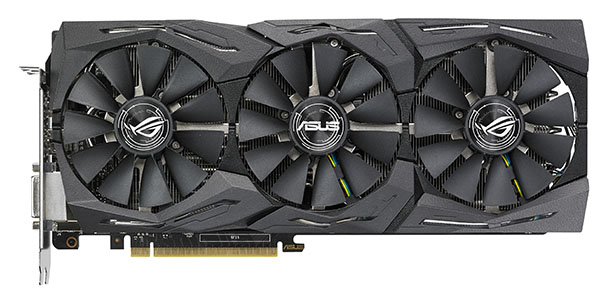
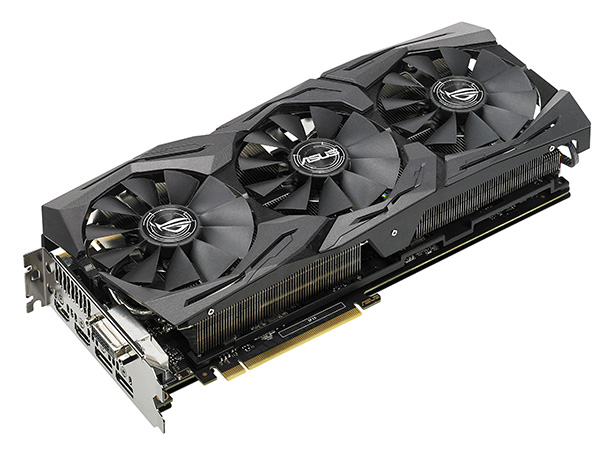

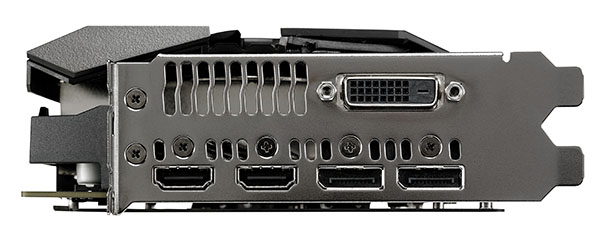
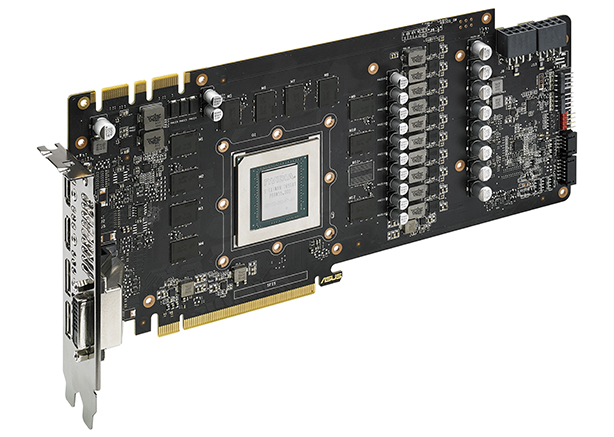
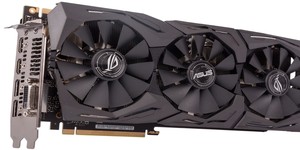
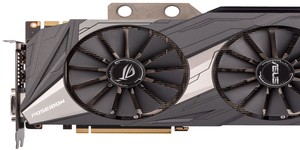
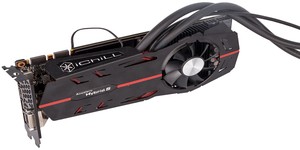




Want to comment? Please log in.